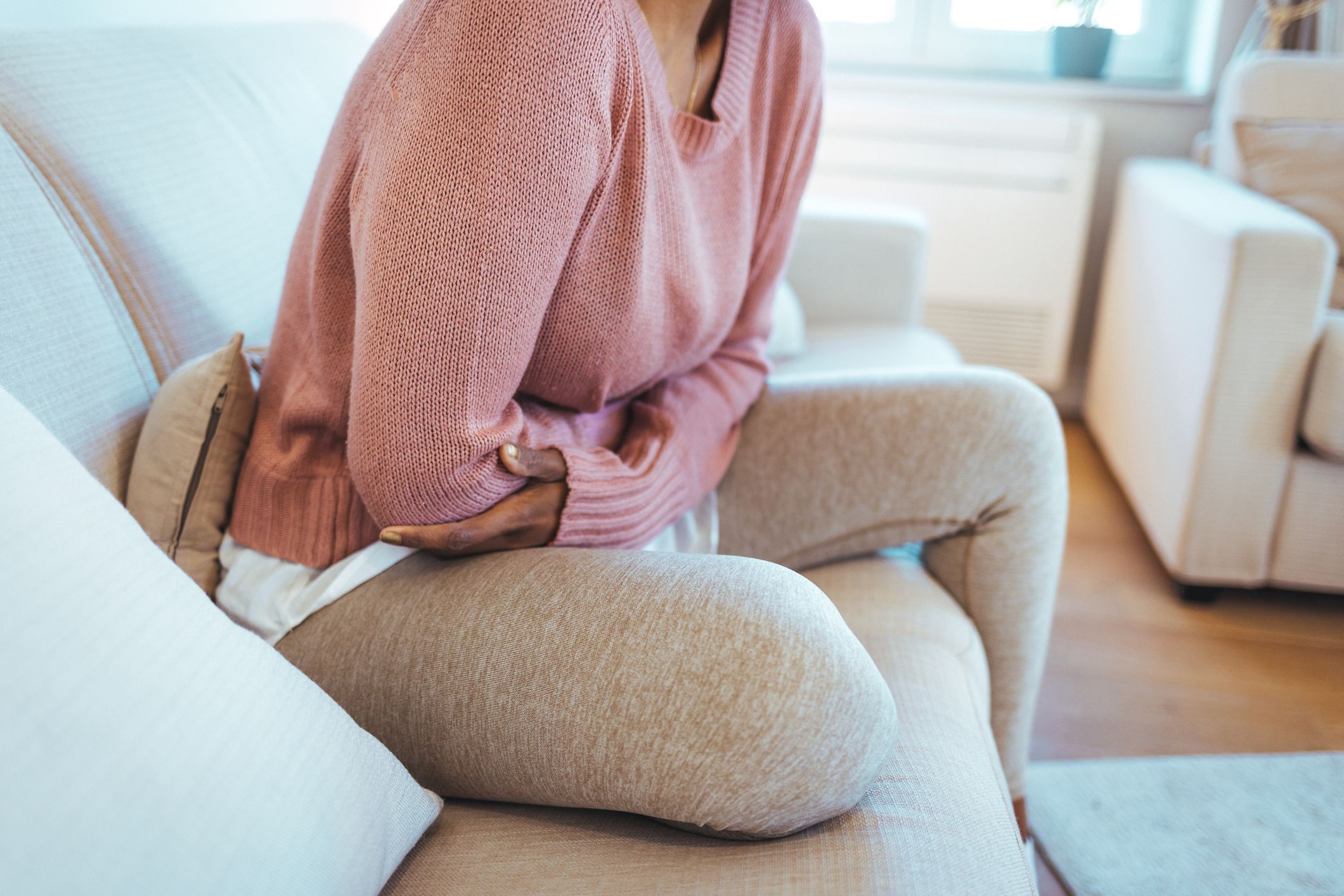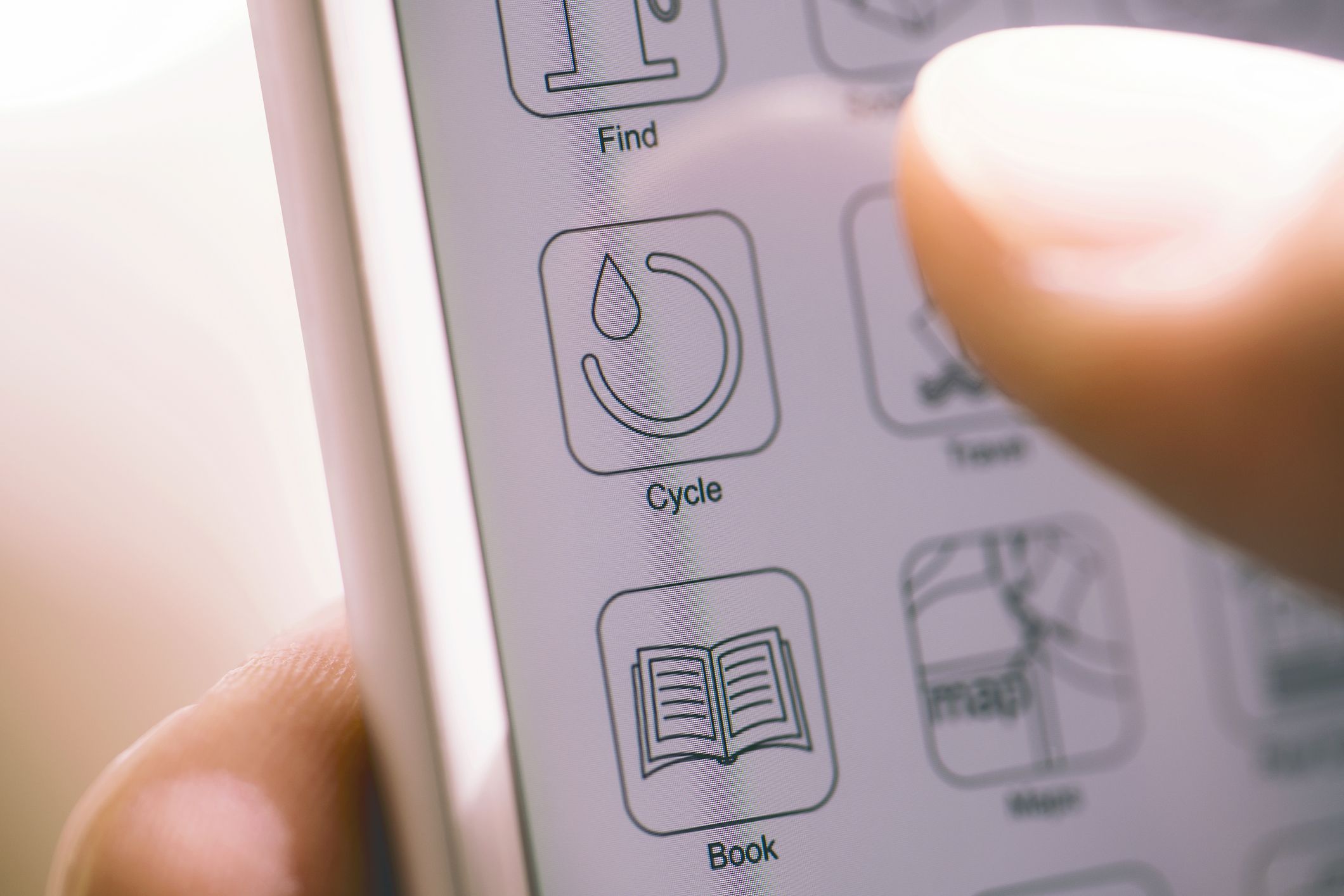Updated on July 27, 2023
What are uterine fibroids? Also known as leiomyomas or myomas, uterine fibroids are growths that develop in the lining, wall, or outer surface of the uterus. By menopause, up to 70 percent of women will develop them, according to the American College of Obstetricians and Gynecologists (ACOG). And though fewer than 1 in 1,000 fibroids are cancerous, many patients worry that fibroids mean they have cancer.
“When you tell patients that they have fibroids or you explain it as a smooth muscle growth on their uterus, they can sometimes become nervous that this might mean it is cancer,” says Samantha Bunting, DO, an OBGYN in Davie, Florida. “I always assure my patients that it’s very, very rare for fibroids to be cancerous.”
Here’s what you need to know about the signs, symptoms, and treatment options for uterine fibroids.
Different types of uterine fibroids
Fibroids can differ in location, shape, and size. They can be as tiny as an apple seed or as large as a grapefruit. They are usually characterized by their location in the body and may include these types:
- Intramural: found on the inner, muscular layer of the uterine wall
- Submucosal: bulging into the uterine lining
- Subserosal: within the outside layer of the uterine wall
Uterine fibroid symptoms
“Fibroids can often be asymptomatic,” says Dr. Bunting. “Many women may not even know they have them at all.” Other people, however, will develop mild to severe symptoms. ACOG notes that 25 percent of people with fibroids show symptoms, but many do not seek treatment until they experience these symptoms for years. Fibroids are most common in people ages 30 to 40 years old.
“Patients most likely experience heavy or prolonged periods,” says Bunting. “They may have bleeding in between their cycles. They could have some bad cramping. It may also be associated with pelvic pain or pressure or low back pain.” Pain with sex, frequent or problematic urination, constipation, and an enlarged uterus are other common symptoms.
The bleeding is not completely understood. “It may involve abnormalities in the blood vessels that are in and surrounding the fibroids,” Bunting notes. “More specifically, the vessels can be abnormally dilated [made wider] and then during menstruation, the process that shuts down the bleeding does not function properly.”
Potential causes of uterine fibroids
Researchers aren’t exactly sure what causes fibroids, but they do think they could be hereditary. “There’s definitely a genetic component to them,” Bunting says. “They tend to run in families. We often see that if someone’s mother had fibroids or heavy bleeding, they pass it down to their children.”
Among other potential risk factors are being premenopausal, having high blood pressure or obesity, and having an increased amount of time since your last childbirth.
Why fibroids grow or shrink is somewhat of a mystery, too, but hormones may control this to some extent. Fibroids typically shrink when hormone levels are low, during menopause, or when taking anti-hormone medication.
Your treatment options for uterine fibroids
When determining a path for treatment, Bunting says she focuses on the type and severity of a patient’s symptoms, how their life is affected by fibroids, and their goals for the future—including whether they plan to have children. Providers may simply monitor symptoms if they aren’t severe, an approach called expectant management.
To help ease symptoms, several medication treatment options are available, including:
- Over-the-counter medications: Acetaminophen or ibuprofen may be recommended for mild pain.
- Birth control: Birth control pills, hormone injections, or progesterone intrauterine devices can encourage the fibroids to shrink and help control heavy bleeding.
- Tranexamic acid: This non-hormonal oral treatment is sometimes prescribed for excessive bleeding.
- Gonadotropin-releasing hormone agonists: These injections, nasal sprays, or implants help to shrink the fibroids and can reduce heavy bleeding. These medications may also be recommended before surgery since they make the fibroids easier to remove.
Techniques to remove fibroids include:
- Uterine fibroid embolization (UFE): This is a non-surgical procedure performed by an interventional radiologist. It involves using a catheter (a long, thin tube) to deliver special particles that cut off blood supply to fibroids. The success rate of UFE is very high—about three in four people experience relief from symptoms after the procedure, according to ACOG. While recovery time is usually a few days and your uterus is preserved, additional UFE procedures are sometimes needed within a few years. It is isn’t recommended if you wish to preserve your fertility.
- Focused ultrasound: A special MRI machine targets fibroids with focused soundwaves, getting rid of them and sparing the surrounding tissue.
- Radiofrequency ablation: Energy and heat are used to shrink fibroids.
- Endometrial ablation: The lining of the uterus is destroyed, which slows heavy menstrual bleeding. Becoming pregnant isn’t recommended after endometrial ablation, as it greatly raises the risk miscarriage and other problems.
There are a few options requiring more invasive surgeries, as well. For example, a surgeon may remove your uterus—and the fibroids—if you don’t plan to have children. This procedure is called a hysterectomy. A surgeon may also leave your uterus intact while removing the fibroids if you plan to become pregnant, called a myoectomy.
Uterine fibroids and race
In the U.S., more Black and East Asian women develop fibroids than white and Hispanic women. More research has been done involving Black people to explore the issue than among East Asian people.
In Black people, they tend to appear at a younger age, grow more quickly, and cause more severe symptoms than in white or Hispanic people. Black women are also much more likely—two to three times more, according to some research—to have a hysterectomy to treat fibroids, during which the uterus is surgically removed.
Some of these discrepancies can be attributed to systemic racism and racial bias within the health care system. Three potential contributing factors include:
- Black people may delay seeking care because of negative experiences with the healthcare system, as well as the legacy of mistreatment. For example, high numbers of non-consensual hysterectomies, sometimes called “Mississippi appendectomies,” were performed on Black women throughout the U.S. South up until the 1970s, sowing distrust in healthcare providers (HCPs). As a result, Black patients may wait longer to see HCPs, leading to the need for more invasive treatment as fibroids develop.
- Black people may not receive equitable care once treatment is sought. For example, compared to white women, hysterectomies are recommended more frequently to Black women as a treatment before newer, less-invasive options.
- Lack of access to care, patient education, and insurance often put Black people at a disadvantage when it comes to fibroid care. For example, OBGYN services are scarce throughout many rural, heavily Black areas compared to other locations.
Biological factors like genetics may also explain some of the differences. Research is ongoing but is currently limited, as significant studies on genetics and fibroids tend to include low numbers of Black women.
Uterine fibroids and pregnancy
In general, pregnant people who have fibroids have an increased risk of pre-term labor, since fibroids occupy space in the uterus. There is also an increased risk for a cesarean section, breech baby (in which the baby is situated feet- or bottom-first), labor problems, and placental abruption, where the placenta releases from the uterus prior to delivery and does not permit enough oxygen to reach the fetus.
That said, many people with fibroids do not have additional complications during their pregnancy, Bunting explains. Most carry pregnancies to term with no issues.
If you have fibroids, talk to an OBGYN before you become pregnant so you can discuss any necessary precautions. If you are already pregnant and learn you have fibroids, your OBGYN can monitor you closely.
When to see an OBGYN
Since not all people have symptoms, you may not know you have fibroids until you have a routine pelvic exam, during which your OBGYN checks your uterus, ovaries, and vagina. If they feel a lump on your uterus, they may suspect you have fibroids. Many other asymptomatic fibroids are found incidentally, explains Bunting, during imaging for a separate health issue.
Additional tests and imaging can be used to confirm fibroids, including pelvic ultrasounds, magnetic resonance imaging (MRI), and computerized tomography (CT) scans. Others include:
- Hysterosalpingography (HSG), a type of X-ray that looks at your uterus and fallopian tubes
- Sonohysterography, a special type of ultrasound in which fluid and sound waves help create images of the uterine lining
- Laparoscopy, a minimally invasive surgery in which an HCP makes small cuts to look inside your body with a tiny camera
- Hysteroscopy, during which an HCP goes through the cervix with a small camera to look at the inside of the uterus
From there, you and your OBGYN can determine any necessary treatment plans.






